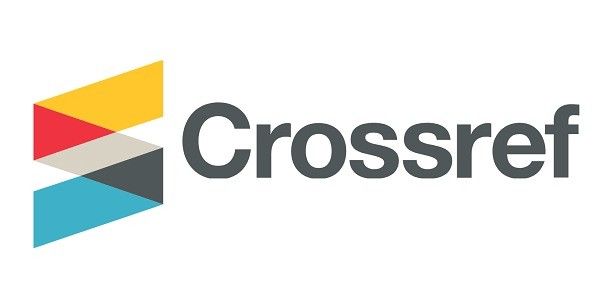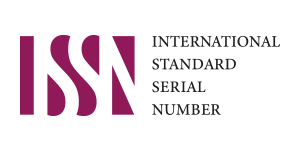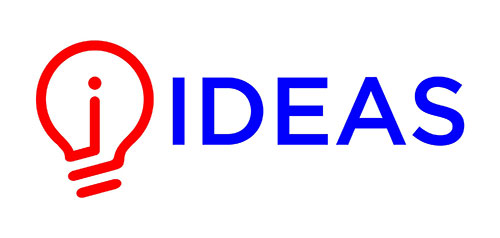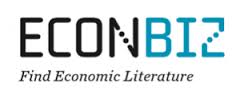Feasibility Study of Agile Manufacturing in Automobile Industry
DOI:
https://doi.org/10.26703/jct.v5i2.386Keywords:
Agile, Customer, Value-added, Automobile manufaturingAbstract
Manufacturing industry may well be on the verge of a major paradigm shift. The emergence of firms producing at low-wage economies has quashed low price strategies for most European and American manufacturers. US manufacturing industries are realizing that global prominence in manufacturing can be achieved only through innovation and thus resulted in the birth of ‘Agile Manufacturing System’ in the 21st century. Agile manufacturing is the process of accomplishing the ability to successfully market low-cost, high quality products with short lead times that provide enhanced customer value through customization. A customer has to be treated as an individual asset. They expect low volume, high quality and require small quantities of highly custom, design-to-order products, and where additional services and value-added benefits like product upgrades and future reconfigurations are as important as the product itself. Ford, the leading automobile industry is paving a new dimension to Agile Manufacturing system. This paper throws light on feasibility of agile especially in automobile manufacturing sector.
Downloads
References
Gregory K. Scott, Special Vehicle Operations: An Activity-Based Plan for Improving the Automotive Vehicle Development Process, MS theis report submitted to Blacksburg, Virginia 1-3
Jeff Readman, Brian Squire,John Bessant and Steve Brown The application of agile manufacturing for customer value, Journal of Financial Transformation 133-141
Shamil F. Daghestani Design And Reconfiguration Of Manufacturing Systems In Agile Manufacturing Environments -
DEVOR, R. , GRAVES, R. and MILLS, J. J., 1997, Agile manufacturing research: accomplishments and opportunities . IIE Transactions, 29(10), 813±823.
YUSUF,Y. Y., SARHADI,M. S. and GUNASEKARAN,A., 1999, Agile manufacturing: the drivers,concepts and attributes. International Journal of Production Economics, 62(1-2), 23±32.
GUNASEKARAN, A., 1998, Agile manufacturing: enablers and an implementation framework. International Journal of Production Research, 36(5), 1223±1247.
CHO, H., JUNG,M. and KIM,M., 1996, Enabling technologies of agile manufacturing and itsrelated activities in Korea. Computers & Industrial Engineering, 30(3), 323±334.
Bessant, J., R. Kaplinsky and R. Lamming, 2003, “Putting supply chain learning into practice,” International Journal of Operations & Production Management, 23:2, 167 –184
Skinner, W., 1974, “The focused factory,” Harvard Business Review, 52:3, 113-121
Kidd, P., 1994, “Agile manufacturing – forging new frontiers,” Reading, MA, Addison Wesley
Burgess, T., 1994, “Making the leap to agility,” International Journal of Operations & Production Management 14:11, 23-34
Da Silveira, G., D. Borenstein, and F. S. Fogliatto, 2001, “Mass customization: literature review and research directions,” International Journal of Production Economics, 72:1, 1-13
Macduffie, J. P., K. Sethuraman, and M. L. Fisher, 1996, “Product variety and manufacturing performance: evidence from the international automotive assembly plant study,” Management Science, 42, 350-369
Hill, T., and S. Chambers, 1991, “Flexibility – a manufacturing conundrum,” International Journal of Operations & Production Management, 11:2, 5-13
Radas, S., and S. M. Shugan, 1998, “Seasonal marketing and timing new product introductions,” Journal of Marketing Research, 35:3, 296-315
Keller, K. L., 1993, “Conceptualizing, measuring, and managing customer-based brand equity,” Journal of Marketing, 57:1, 1-22
Porter, M. E., 1985, “Competitive advantage: creating and sustaining superior performance,” New York, Free Press
Burgess, T., 1994, “Making the leap to agility,” International Journal of Operations & Production Management 14:11, 23-34
Bessant, J., and S. Caffyn, 1997, “High-involvement innovation through continuousimprovement.” International Journal of Technology Management, 14:1, 7-28
Gerwin, D., 1993, “Manufacturing flexibility: a strategic perspective,” Management Science, 39:4, 395-410
Stalk, G., 1988, “Time – the next source of competitive advantage,” Harvard Business Review, 66:5, 41-51.
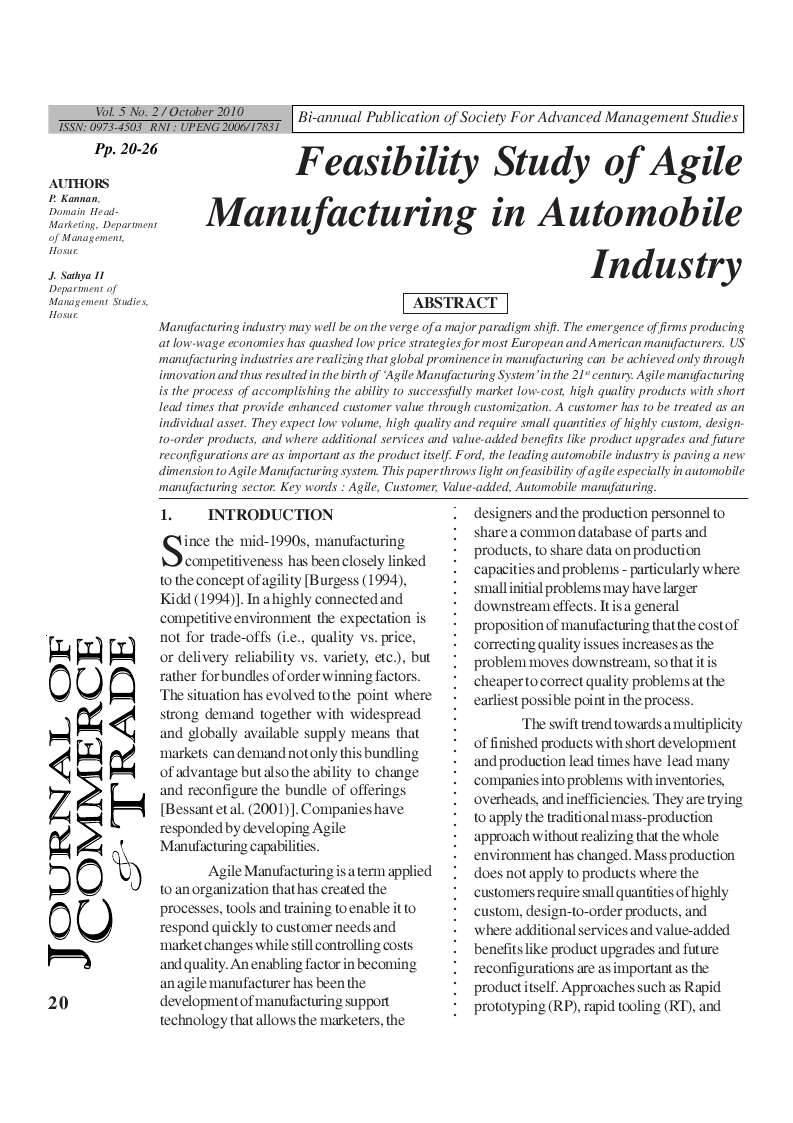
Downloads
Published
Issue
Section
License
Copyright (c) 2010 P. Kannan, J. Sathya

This work is licensed under a Creative Commons Attribution 4.0 International License.


